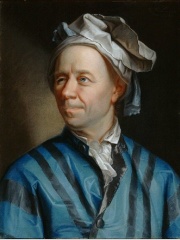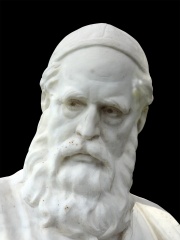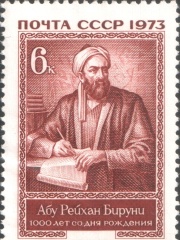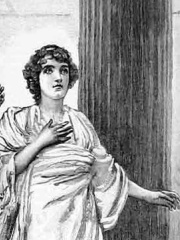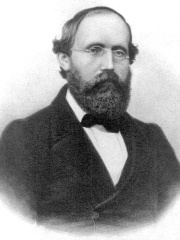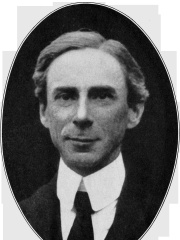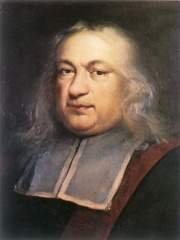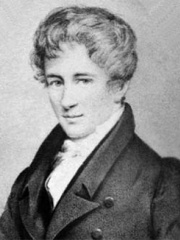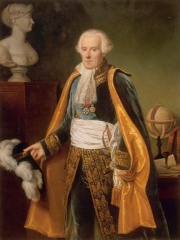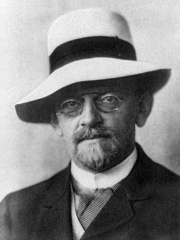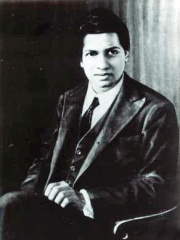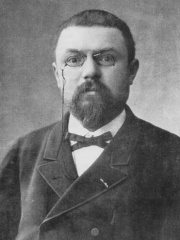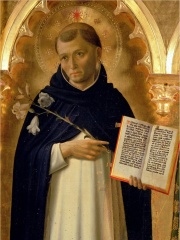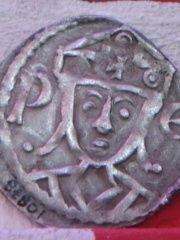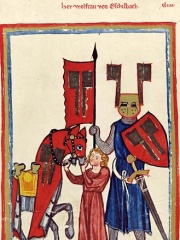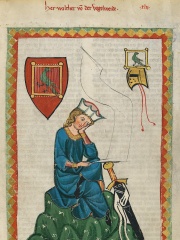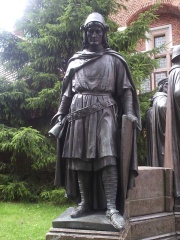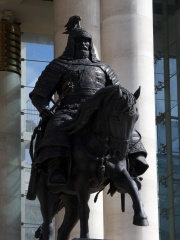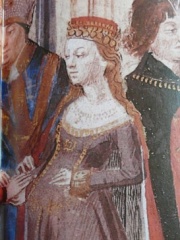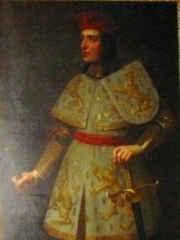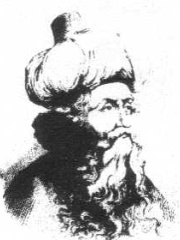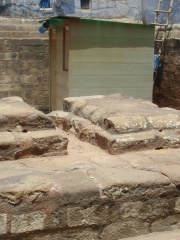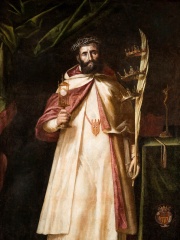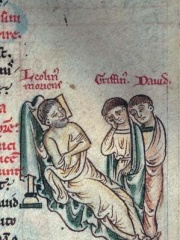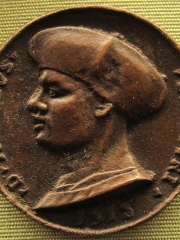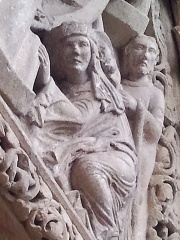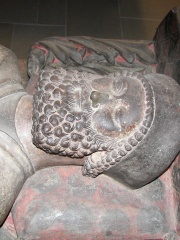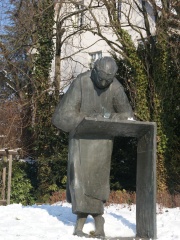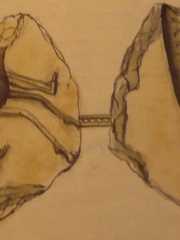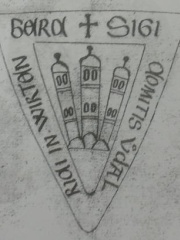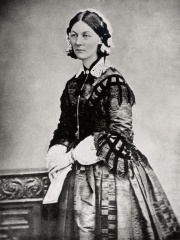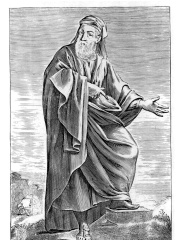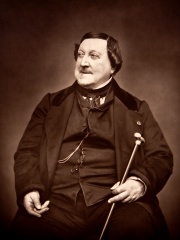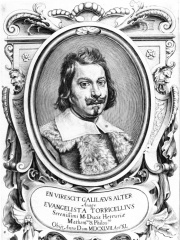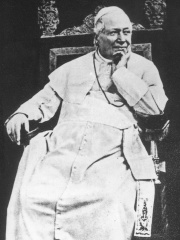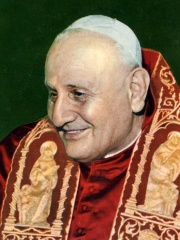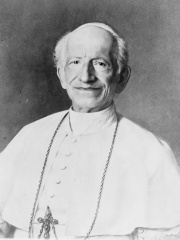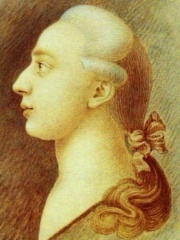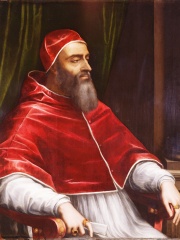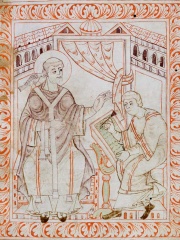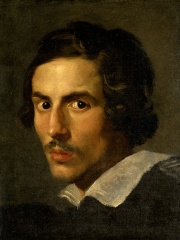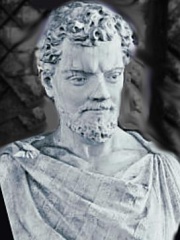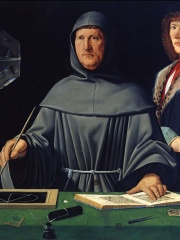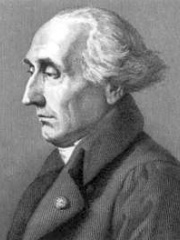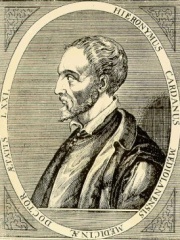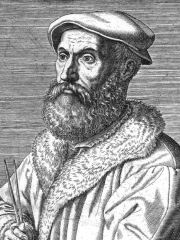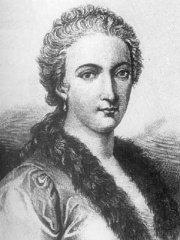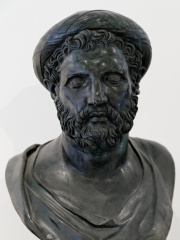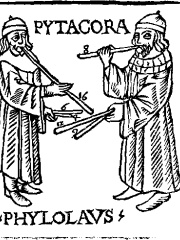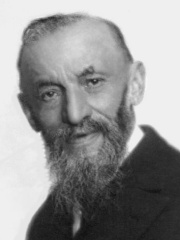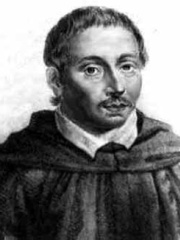MATHEMATICIAN
Fibonacci
1170 - 1240
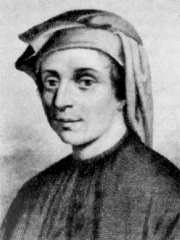
 Fibonacci
Fibonacci
Fibonacci (; also US: , Italian: [fiboˈnattʃi]; c. 1170 – c. 1240–50), also known as Leonardo Bonacci, Leonardo of Pisa, or Leonardo Bigollo Pisano ('Leonardo the Traveller from Pisa'), was an Italian mathematician from the Republic of Pisa, considered to be "the most talented Western mathematician of the Middle Ages".The name he is commonly called, Fibonacci, was made up in 1838 by the Franco-Italian historian Guillaume Libri and is short for filius Bonacci ('son of Bonacci'). Read more on Wikipedia
Since 2007, the English Wikipedia page of Fibonacci has received more than 3,501,025 page views. His biography is available in 113 different languages on Wikipedia (up from 111 in 2019). Fibonacci is the 13th most popular mathematician (up from 14th in 2019), the 50th most popular biography from Italy (up from 58th in 2019) and the 2nd most popular Italian Mathematician.
Fibonacci is most famous for the Fibonacci sequence, which is a sequence of numbers that starts with 0 and 1. The sequence progresses by adding the previous two numbers to get the next number.
Memorability Metrics
3.5M
Page Views (PV)
79.36
Historical Popularity Index (HPI)
113
Languages Editions (L)
9.63
Effective Languages (L*)
5.28
Coefficient of Variation (CV)
Page views of Fibonaccis by language
Over the past year Fibonacci has had the most page views in the English wikipedia edition with 392,290 views, followed by Spanish (142,899), and Italian (108,390). In terms of yearly growth of page views the top 3 wikpedia editions are Lombard (415.44%), Old Church Slavonic (272.08%), and Chechen (237.14%)
Among MATHEMATICIANS
Among mathematicians, Fibonacci ranks 13 out of 1,004. Before him are Leonhard Euler, Omar Khayyam, Al-Biruni, Hypatia, Bernhard Riemann, and Bertrand Russell. After him are Pierre de Fermat, Niels Henrik Abel, Pierre-Simon Laplace, David Hilbert, Srinivasa Ramanujan, and Henri Poincaré.
Most Popular Mathematicians in Wikipedia
Go to all RankingsLeonhard Euler
1707 - 1783
HPI: 84.18
Rank: 7
Omar Khayyam
1048 - 1131
HPI: 83.47
Rank: 8
Al-Biruni
973 - 1048
HPI: 81.03
Rank: 9
Hypatia
350 - 415
HPI: 80.63
Rank: 10
Bernhard Riemann
1826 - 1866
HPI: 79.87
Rank: 11
Bertrand Russell
1872 - 1970
HPI: 79.72
Rank: 12
Fibonacci
1170 - 1240
HPI: 79.36
Rank: 13
Pierre de Fermat
1601 - 1665
HPI: 78.27
Rank: 14
Niels Henrik Abel
1802 - 1829
HPI: 77.87
Rank: 15
Pierre-Simon Laplace
1749 - 1827
HPI: 77.23
Rank: 16
David Hilbert
1862 - 1943
HPI: 76.58
Rank: 17
Srinivasa Ramanujan
1887 - 1920
HPI: 76.01
Rank: 18
Henri Poincaré
1854 - 1912
HPI: 75.85
Rank: 19
Contemporaries
Among people born in 1170, Fibonacci ranks 1. After him are Saint Dominic, Valdemar II of Denmark, Wolfram von Eschenbach, Walther von der Vogelweide, Hermann von Salza, Constantine Laskaris, Muqali, Isabella of Hainault, Al-Afdal ibn Salah ad-Din, Otto I, Count of Burgundy, and Jayadeva. Among people deceased in 1240, Fibonacci ranks 1. After him are Ibn Arabi, Razia Sultana, Raymond Nonnatus, Llywelyn the Great, Jacques de Vitry, Constance of Hungary, Konrad von Thüringen, Chormaqan, Caesarius of Heisterbach, Skule Bårdsson, and Hartmann, Count of Württemberg.
Others Born in 1170
Go to all RankingsFibonacci
MATHEMATICIAN
1170 - 1240
HPI: 79.36
Rank: 1
Saint Dominic
RELIGIOUS FIGURE
1170 - 1221
HPI: 75.44
Rank: 2
Valdemar II of Denmark
POLITICIAN
1170 - 1241
HPI: 69.71
Rank: 3
Wolfram von Eschenbach
WRITER
1170 - 1220
HPI: 67.60
Rank: 4
Walther von der Vogelweide
WRITER
1170 - 1230
HPI: 65.08
Rank: 5
Hermann von Salza
POLITICIAN
1170 - 1239
HPI: 64.86
Rank: 6
Constantine Laskaris
POLITICIAN
1170 - 1205
HPI: 64.39
Rank: 7
Muqali
MILITARY PERSONNEL
1170 - 1223
HPI: 61.29
Rank: 8
Isabella of Hainault
POLITICIAN
1170 - 1190
HPI: 61.22
Rank: 9
Al-Afdal ibn Salah ad-Din
POLITICIAN
1170 - 1225
HPI: 60.41
Rank: 10
Otto I, Count of Burgundy
NOBLEMAN
1170 - 1200
HPI: 59.79
Rank: 11
Jayadeva
RELIGIOUS FIGURE
1170 - 1245
HPI: 58.87
Rank: 12
Others Deceased in 1240
Go to all RankingsFibonacci
MATHEMATICIAN
1170 - 1240
HPI: 79.36
Rank: 1
Ibn Arabi
PHILOSOPHER
1165 - 1240
HPI: 77.05
Rank: 2
Razia Sultana
POLITICIAN
1205 - 1240
HPI: 62.77
Rank: 3
Raymond Nonnatus
RELIGIOUS FIGURE
1204 - 1240
HPI: 59.62
Rank: 4
Llywelyn the Great
POLITICIAN
1173 - 1240
HPI: 58.90
Rank: 5
Jacques de Vitry
RELIGIOUS FIGURE
1170 - 1240
HPI: 58.57
Rank: 6
Constance of Hungary
COMPANION
1180 - 1240
HPI: 58.43
Rank: 7
Konrad von Thüringen
NOBLEMAN
1206 - 1240
HPI: 55.98
Rank: 8
Chormaqan
POLITICIAN
HPI: 54.78
Rank: 9
Caesarius of Heisterbach
WRITER
1180 - 1240
HPI: 52.17
Rank: 10
Skule Bårdsson
POLITICIAN
1189 - 1240
HPI: 49.44
Rank: 11
Hartmann, Count of Württemberg
POLITICIAN
1160 - 1240
HPI: 48.99
Rank: 12
In Italy
Among people born in Italy, Fibonacci ranks 50 out of 5,161. Before him are Florence Nightingale (1820), Empedocles (-490), Gioachino Rossini (1792), Evangelista Torricelli (1608), Pope Pius IX (1792), and Pope John XXIII (1881). After him are Pope Leo XIII (1810), Giacomo Casanova (1725), Pope Clement VII (1478), Pope Gregory I (540), Gian Lorenzo Bernini (1598), and Lucretius (-94).
Others born in Italy
Go to all RankingsFlorence Nightingale
PHYSICIAN
1820 - 1910
HPI: 80.08
Rank: 44
Empedocles
PHILOSOPHER
490 BC - 430 BC
HPI: 79.81
Rank: 45
Gioachino Rossini
COMPOSER
1792 - 1868
HPI: 79.74
Rank: 46
Evangelista Torricelli
PHYSICIST
1608 - 1647
HPI: 79.55
Rank: 47
Pope Pius IX
RELIGIOUS FIGURE
1792 - 1878
HPI: 79.55
Rank: 48
Pope John XXIII
RELIGIOUS FIGURE
1881 - 1963
HPI: 79.52
Rank: 49
Fibonacci
MATHEMATICIAN
1170 - 1240
HPI: 79.36
Rank: 50
Pope Leo XIII
RELIGIOUS FIGURE
1810 - 1903
HPI: 79.35
Rank: 51
Giacomo Casanova
WRITER
1725 - 1798
HPI: 79.32
Rank: 52
Pope Clement VII
RELIGIOUS FIGURE
1478 - 1534
HPI: 79.28
Rank: 53
Pope Gregory I
RELIGIOUS FIGURE
540 - 604
HPI: 79.26
Rank: 54
Gian Lorenzo Bernini
ARCHITECT
1598 - 1680
HPI: 79.25
Rank: 55
Lucretius
PHILOSOPHER
94 BC - 55 BC
HPI: 79.25
Rank: 56
Among MATHEMATICIANS In Italy
Among mathematicians born in Italy, Fibonacci ranks 2. Before him are Archimedes (-287). After him are Luca Pacioli (1445), Joseph-Louis Lagrange (1736), Gerolamo Cardano (1501), Niccolò Fontana Tartaglia (1499), Maria Gaetana Agnesi (1718), Archytas (-428), Philolaus (-470), Giuseppe Peano (1858), Bonaventura Cavalieri (1598), and Lodovico Ferrari (1522).
Archimedes
287 BC - 212 BC
HPI: 89.76
Rank: 1
Fibonacci
1170 - 1240
HPI: 79.36
Rank: 2
Luca Pacioli
1445 - 1517
HPI: 75.53
Rank: 3
Joseph-Louis Lagrange
1736 - 1813
HPI: 75.30
Rank: 4
Gerolamo Cardano
1501 - 1576
HPI: 73.98
Rank: 5
Niccolò Fontana Tartaglia
1499 - 1557
HPI: 70.78
Rank: 6
Maria Gaetana Agnesi
1718 - 1799
HPI: 70.72
Rank: 7
Archytas
428 BC - 347 BC
HPI: 70.60
Rank: 8
Philolaus
470 BC - 390 BC
HPI: 69.92
Rank: 9
Giuseppe Peano
1858 - 1932
HPI: 68.43
Rank: 10
Bonaventura Cavalieri
1598 - 1647
HPI: 67.86
Rank: 11
Lodovico Ferrari
1522 - 1565
HPI: 62.84
Rank: 12
